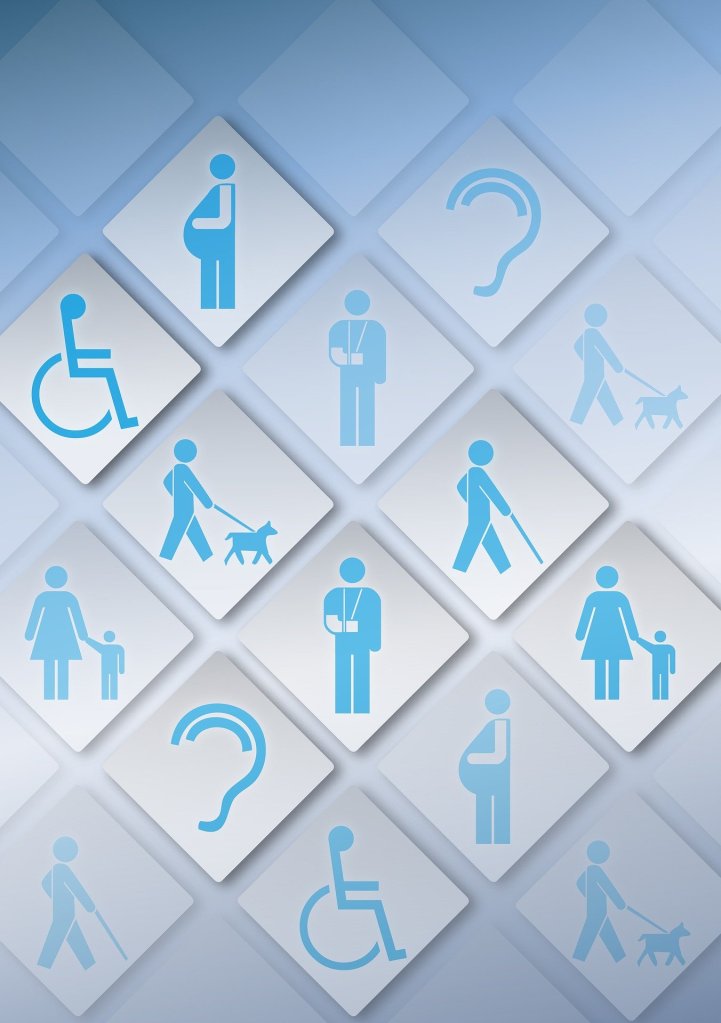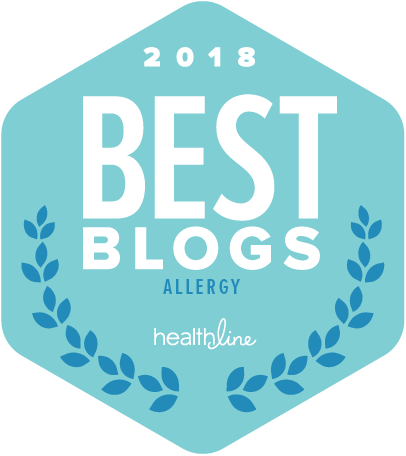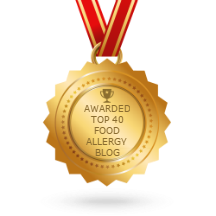Equal Access and Protections Under the Law:
The Americans with Disabilities Act (commonly referred to as the ADA) is a law that prevents discrimination against people with disabilities. The ADA applies to workplaces, public schools, state and federal government institutions as well as spaces of public accommodation (private entities such as restaurants, museums, movie theaters, parks, etc). The ADA not only protects those with disabilities themselves, but also those associated with individuals with disabilities (such as caregivers).
Like the ADA, Section 504 of the Rehabilitation Act of 1973 is a national law that protects qualified individuals from discrimination due to their disability. This law applies to any center of education, employer or organization that receives financial assistance from the U.S. government. Examples of this include hospitals, public schools, nursing homes, human services programs, etc.
Section 504 centers around access and inclusion. Not only does this law require schools, employers and organizations who receive federal assistance to prevent discrimination based on disability, but it also requires them to provide equal access to program benefits and services to those with a qualified disability. It defines the rights of individuals with disabilities to participate in, benefit from and have access to programs and services.
Does Food Allergy Qualify as a Disability?
Under both the ADA and Section 504, qualified individuals are defined as those with a physical or mental impairment that substantially limits one or more major life functions. Food allergies puts a patient at risk of life-threatening anaphylaxis, limiting a patient’s ability to eat and interfering with their ability to breath – two major life activities.
Depending on the situation and your ability to protect yourself reasonably, food allergy may be considered a disability under the law. The key words are equal access and inclusion to programs and their benefits when assessing whether food allergy will qualify as a disability under the law.
What is a “504 Plan”?
504 Plans – named after the law – are roadmaps used to protect students in educational settings (most often K-12 public schools) and guarantee equal access to education.
These plans document what teachers, substitute teachers, administrators, and others should do in order to protect students with food allergies. 504 Plans are created by parents and representatives at the school for each individual student (often in conjunction with the school nurse and/or a doctor’s recommendations) based on the needs of their condition.
504 Plans outline reasonable accommodations that can be made to guarantee equal access to education and inclusion in the classroom and throughout the school.
What is Does a Reasonable Accommodation Look Like?
Reasonable accommodations are changes in either environment or process that public and private entities can take to ensure equal access and inclusion to patients with food allergies and/or offer protection to them. These requests should not place an undue burden on the entity to implement or maintain.
- In a school setting, a reasonable accommodation might be to request that students wash their hands after handling food at snack or lunchtime.
- At work, a reasonable accommodation might be requesting a shelf or space in the office kitchen to keep safe food.
- The ability to bring safe food into a restaurant or sport stadium might be a reasonable request in a space of public accommodation.
The right to equal access and inclusion in school, the workplace and spaces of public accommodation are guaranteed under the ADA and Section 504. Whether or not a patient with food allergies qualifies can vary – depending on both the situation and the patient’s individual allergies. That said, protecting those with food allergies and finding ways to include them in all places should be the goal of every institution public and private.
For more information, please visit The Allergy Law Project.
















